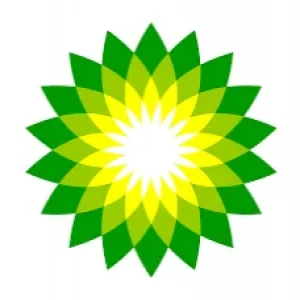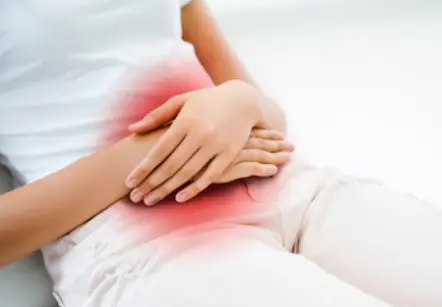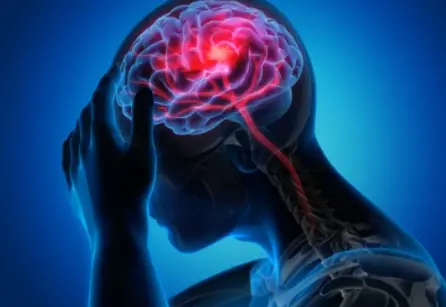 Welcome
Welcome
“May all be happy, may all be healed, may all be at peace and may no one ever suffer."
- A
- B
- C
- D
- E
- F
- G
- H
- I
- J
- K
- L
- M
- N
- O
- P
- Q
- R
- S
- T
- U
- V
- W
- X
- Y
- Z
Tinea pedis (athletes foot) - Generics
Tinea pedis, commonly known as athlete's foot, is a fungal infection that affects the skin on the feet. It is a common condition that can be caused by a variety of fungi, and is often characterized by redness, itching, burning, and peeling skin.
Athlete's foot is often spread in environments where people walk barefoot, such as public showers or locker rooms. It can also occur as a result of wearing tight or non-breathable footwear.
Treatment for athlete's foot can include over-the-counter antifungal creams or sprays, which are applied to the affected area. In more severe cases, prescription-strength antifungal medications may be necessary.
In addition to medication, there are several steps individuals can take to help prevent athlete's foot:
- Keep feet clean and dry: Wash feet daily and dry them thoroughly, especially between the toes.
- Wear breathable footwear: Choose shoes made of breathable materials, and avoid wearing shoes or socks that are too tight.
- Use antifungal powder: Apply antifungal powder to the feet daily to help prevent the growth of fungi.
- Avoid walking barefoot in public areas: Wear sandals or flip-flops in public showers, locker rooms, and other areas where people walk barefoot.
It is important to speak to a healthcare provider if athlete's foot is not improving with at-home treatments, or if symptoms are severe or widespread. In rare cases, athlete's foot can lead to complications such as bacterial infections or cellulitis.

Melasma

Pre-operative skin disinf...

Skeletal muscle relaxatio...

Restless leg syndrome

Generalized tonic-clonic...

Reducing cholesterol leve...

Menstrual cramps

Narcolepsy
Tinea pedis, Athletes foot, টিনিয়া পেডিস, অ্যাথলিটের পা
To be happy, beautiful, healthy, wealthy, hale and long-lived stay with DM3S.